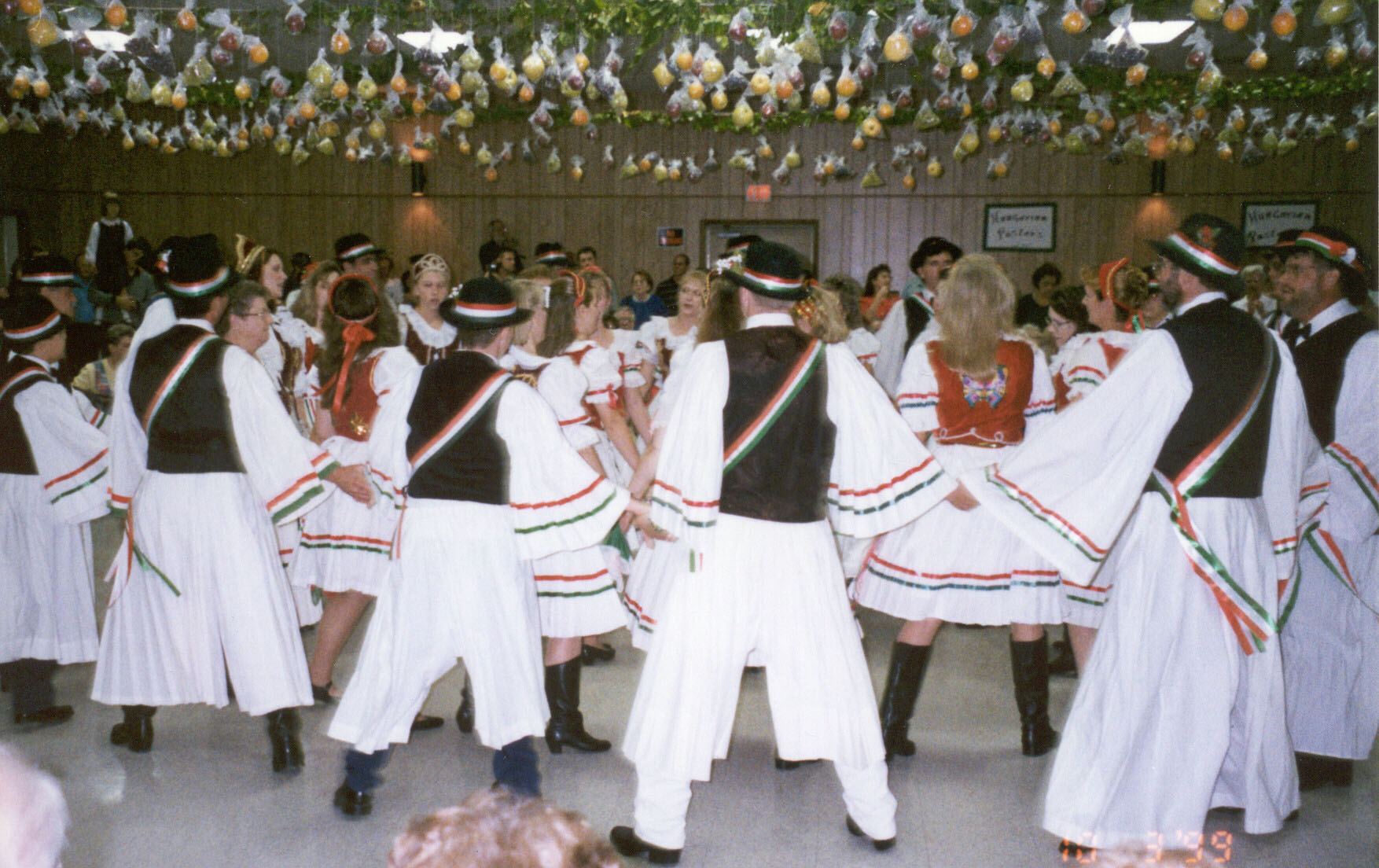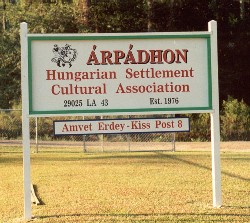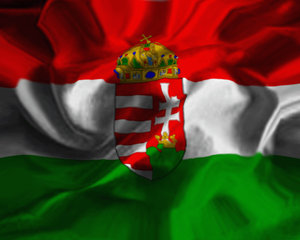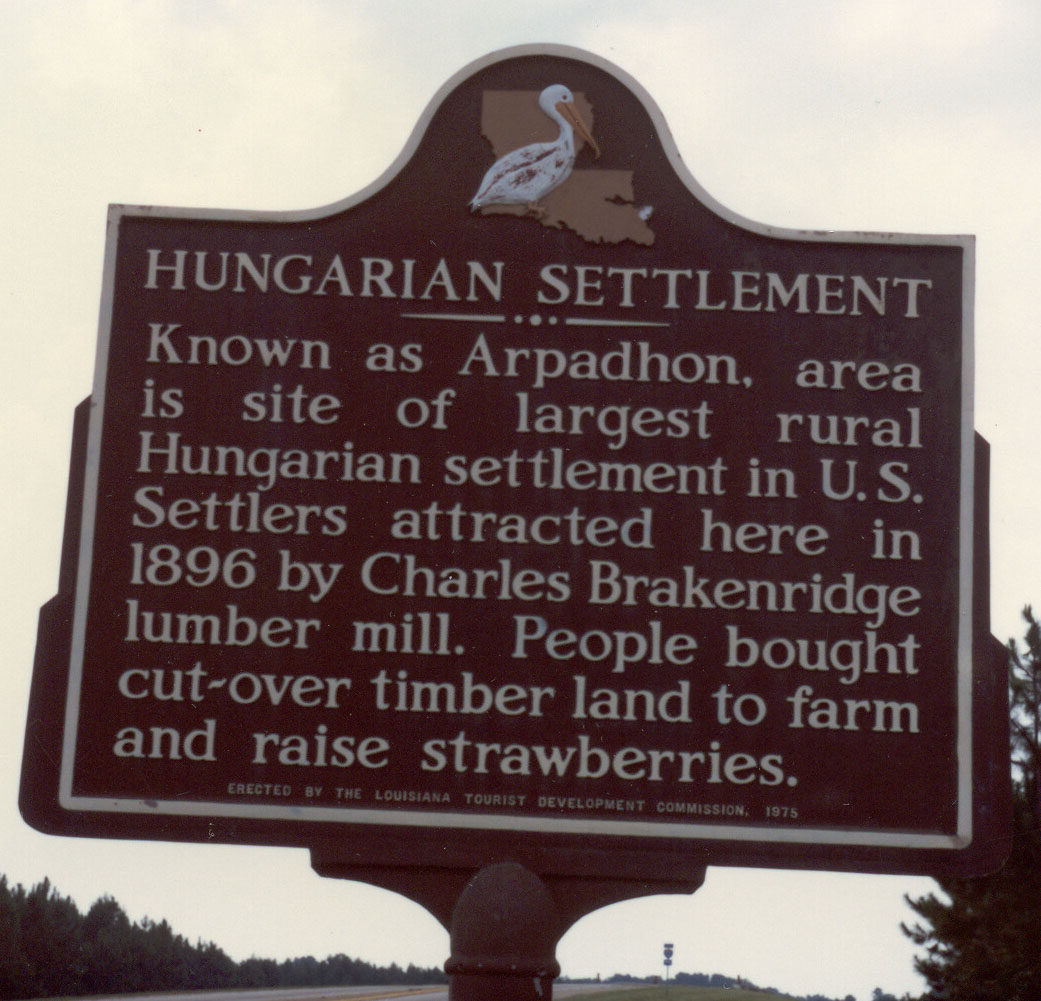
HUNGARIAN HARVEST DANCEThe tradition of the Hungarian Harvest Dance began in the very early years of Hungarian Settlement and became an annual event by 1921. Community member theorize that the early settlers either brought the dances from Hungary when they came to America, or reconstructed them from what they remember taking place in their native villages.
In traditional-style costumes and accompanied by authentic Hungarian folk music, their dance group performs a series of dances that date back to the early years of Hungarian Settlement. The dancers, dressed in white costumes, decorated in red, white, and green (the colors of the Hungarian flag), still perform beneath a canopy of fruit, hanging from the rafters to commemorate the harvest season. At the completion of the dance routine, the audience is invited to "steal" the fruit. In conjunction with the annual Harvest Dance, the AHSCA offers Hungarian Dinners that usually consist of cabbage rolls (toltott kaposzta), cucumber salad (uborka salata), Hungarian sausage (kolbasz) and homemade Hungarian bread and pastries. |
Reconnect HungaryThe Reconnect Hungary-Hungarian Birthright Program is a unique cultural, educational and social immersion program for young adults ages 18 to 28 of Hungarian heritage, born in the U.S. or Canada. Please click the link below for general information, photos, and videos of previous trips.
Hungarian Settlement MuseumThe Hungarian Settlement Museum is open on Tuesdays and the second and fourth Saturdays of the month. Hours of operation are 10:00 am to 4:00 pm. Admission is free but, donations are appreciated. For more information on the Museum, click on the link above.
|




